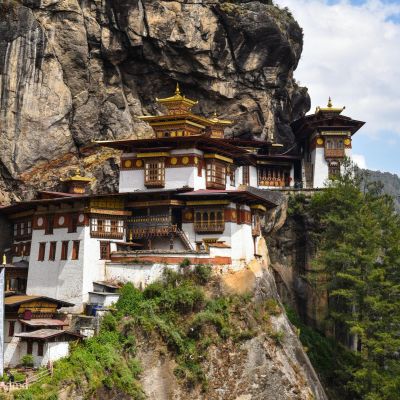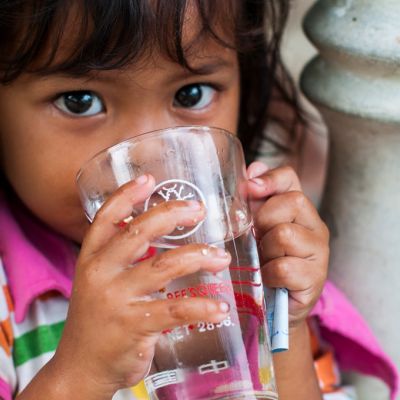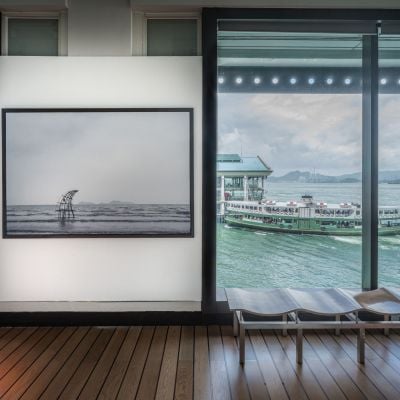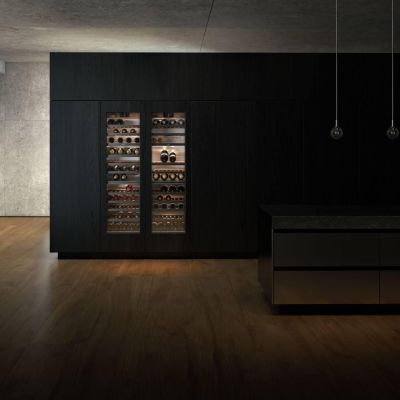A Sustainable Thailand Haven
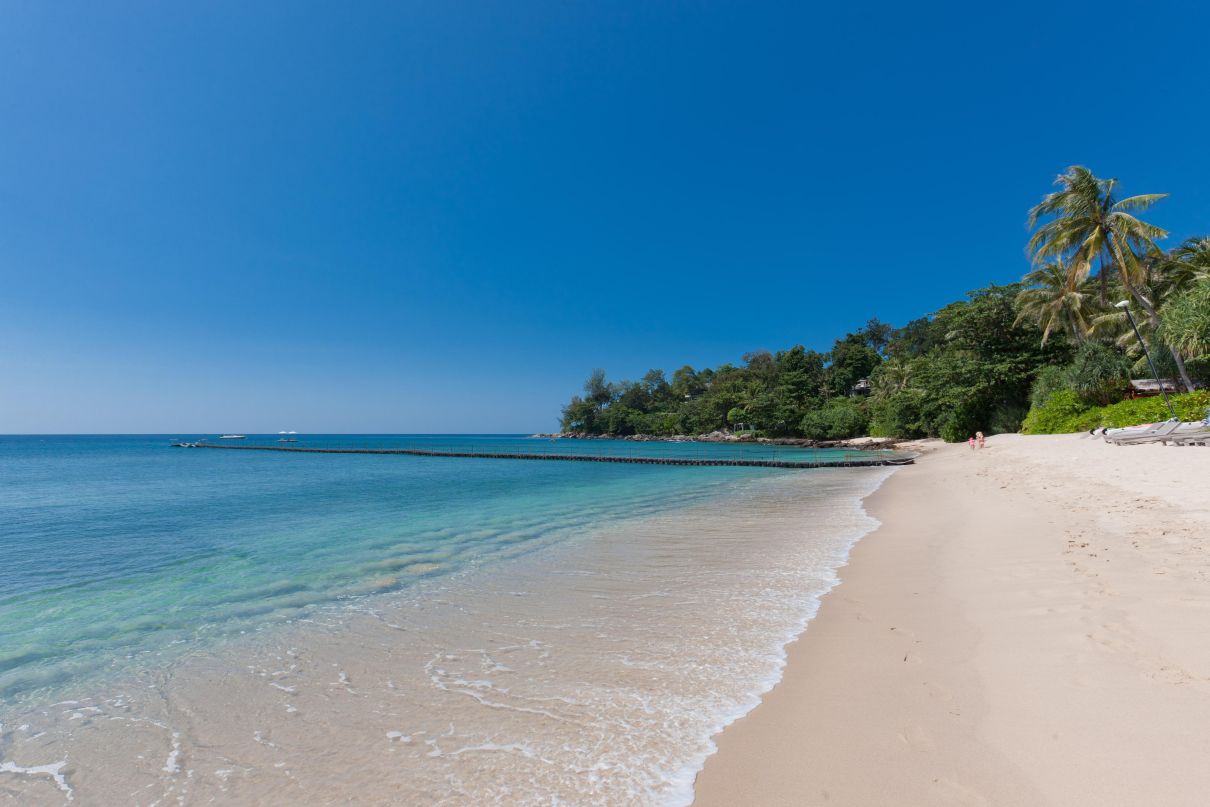
A group of British Hong Kong expats clubbed together to create a sustainable paradise collective in Koh Samui.

“We’ve had some fantastic times,” recalls John Kinder, fondly. “The parties we had were really quite outrageous.” I believe him. The British investor is gazing out over the spectacularly verdant hillside on the north-eastern tip of Koh Samui, lapped by the sparkling waters of Hanuman Bay.
Our conversation is accompanied by the rising crescendo of the Asian koel and the cheeky chatter of the bulbul, both hidden somewhere in the hibiscus. Apart from that, we are alone.
This little corner of Thailand’s Choeng Mon, where Kinder and his Hong Kong friends created the 27-villa resort known as Samujana, feels pretty much as close to paradise as it comes. Private, gorgeously designed, and only 10 minutes from the airport, you can see why it made for the perfect party.
“The original idea was a bunch of mates who would come here on holiday with our families. And that has worked incredibly well. Our son was one when we first came here, and we’ve been coming twice a year ever since.”
Unlike the other five-star hotel offerings on the island, including the Conrad, The W, Banyan Tree, Ritz Carlton and the Four Seasons, Samujana is an estate that has grown organically, villa by villa, family by family. It started, says Kinder, when British banker Steve Hayward bought a plot of land in the 1990s that he apportioned out to friends. Each built their dream home and, with the exception of just one of the original group, they all still own one or more.
Carved into the slope overlooking Koh Matlang, each villa is unique, but each has been designed by Welsh-born, Bali-based architect Gary Fell, founder of GFAB. They share a similar look — flat roofs planted with green camouflaging grass, cantilevered white overhanging walls, pale limestone paired with natural stone, breath-taking sea views and enormous private infinity pools begging to be posted on Instagram.
High up Fell’s list was sustainability and environmental awareness. Indigenous rock from the site was saved for wall cladding in the villas, while mature native trees were protected and preserved, incorporated into the living areas, gardens and pools. Overhanging roofs reduce the dependency on air conditioning by creating shade and improving air circulation. Villas are terraced to reflect the natural topography of the elevation and no two villas are able to look into one another.
Security is, of course, key, with controlled gated access and 24-hour guards. “These are just great party houses. Anyone would just walk into somebody else’s house and say, right let’s have a drink, and off you go. Kids can run wild. There’s very few places you could do that.” There is no restaurant or shared facilities, not even a reception. But private chefs, drivers and nannies are arranged through the general manager and the concierge. Kinder owns several ‘toys’ that he keeps in the local marina, including the lovely catamaran Kindred Spirit. Guests can sail her to watch the sun set over the Ang Thong National Marine Park, and maybe even spot a whale shark.
Ten of the 27 villas are for sale, priced between US$1.1 m-5m, fully furnished. Buyers can expect a rental yield of around two to five percent, says Kinder, and a guarantee can be arranged. Buyers aren’t limited to how long they spend there.
Koh Samui, which, before the tourism boom, was a coconut farming community, is less developed than Phuket, says Kurt Berman, former general manager of Samujana. He points out that because Bangkok Airways owns the airport the flight prices are almost triple what you would pay to get to neighbouring Phuket – which serves to filter out the backpackers and gap-year students.
“Samui appeals to people who know Asia and don’t want the mass-market, budget airlines and package tours, six-lane highways and shopping centres. They want beautiful beaches, sea views, good food, easy access and tranquillity.”
For a real Robinson Crusoe experience, pick a Thai resort that is both sustainable and remote.
Phuket — Trisara
Hidden away in a private bay on Phuket’s less-developed Northwest Coast is Trisara, a stunning 44-villa resort. Translated as ‘third garden in heaven’, Trisara is set among centuries-old ficus trees, and breezy coconut and fishtail palms. Each villa has a stunning ocean view and large outdoor terrraces. Trisara supports the Keep Phuket Clean campaign, including regular beach clean-ups; catches rainwater for use in gardens and rooms; uses air-con energy to heat water in villas; and avoids chemical treatments for its saltwater pools and mosquitos.
Koh Kood — Soneva Kiri
Soneva Kiri is located on Koh Kood, one of Thailand’s least-populated islands. The pioneer of the ‘no shoes, no news’ philosophy, Soneva resorts — the brainchild of Six Senses founder Sonu Shivdasani — celebrate barefoot luxury. With a no-shoes rule and patchy Wi-Fi, you can’t help but feel relaxed in this gorgeous idyll. It also runs various sustainable initiatives, including an environmental levy of two percent of room revenue on each guest’s stay, which has raised US$6.2 million to date. The Soneva Foundation invests these funds in projects that have a positive environmental, social and economic impact, and offset carbon emissions from resort activities and guest flights.
This article originally appeared in Billionaire's Journey issue, September 2017. To subscribe contact


